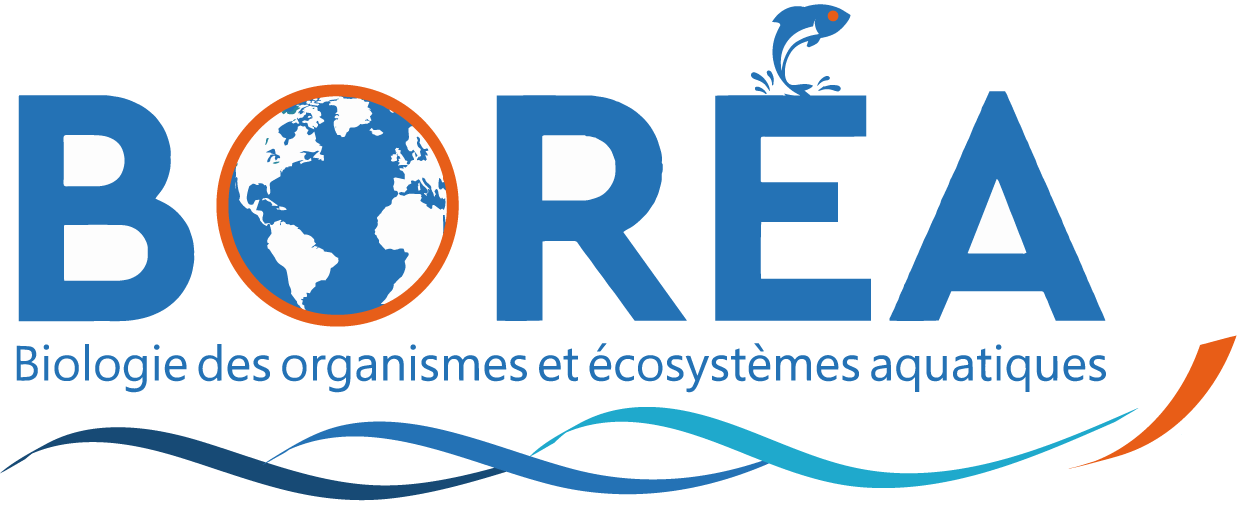Major shifts in biogeographic regions of freshwater fishes as evidence of the Anthropocene epoch
Résumé
Animals and plants worldwide are structured in global biogeographic regions, which were shaped by major geologic forces during Earth history. Recently, humans have changed the course of events by multiplying global pathways of introduction for nonindigenous species and propagating local species extirpations. Here, we report on how introductions and extirpations have changed the distributions of freshwater fishes worldwide and how it affected their natural biogeographic regions. We found major shifts in natural regions, with the emergence of an intercontinental region arising from the fusion of multiple faunas, which we named Pan-Anthropocenian Global North and East Asia (PAGNEA). The PAGNEA region is evocative of the Pangea supercontinent, as flows of introductions show that dispersal has become possible again across multiple continents, suggesting that human activities have superseded natural geological forces. Our results constitute evidence on the expected modification of biostratigraphic boundaries based on freshwater fish, which are abundant in the fossil record, thereby supporting the concept of the Anthropocene epoch.
Domaines
Sciences de l'environnement| Origine | Fichiers éditeurs autorisés sur une archive ouverte |
|---|

